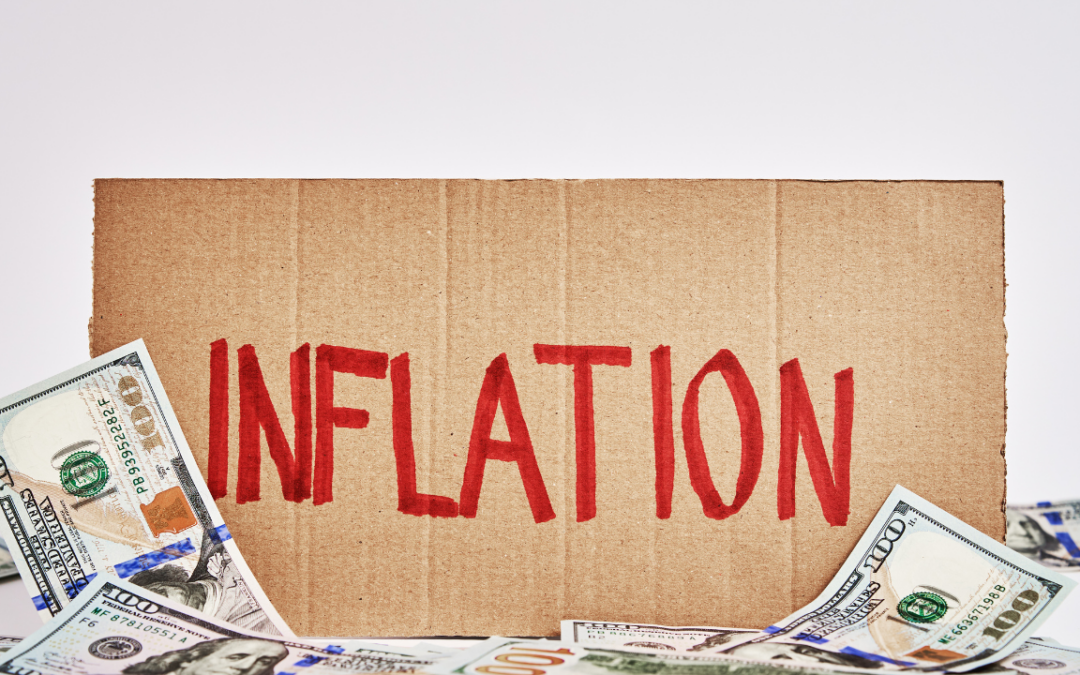In today’s consumer-driven society, the concept of lifestyle inflation has become increasingly prevalent. Lifestyle inflation, also known as lifestyle creep, refers to the tendency for people to increase their spending as their income rises. While it’s natural to want to enjoy the fruits of our labor, unchecked lifestyle inflation can lead to financial instability and hinder long-term wealth accumulation. In this blog post, we will delve into the nuances of lifestyle inflation, its impact, and strategies for controlling it.
Understanding Lifestyle Inflation
Lifestyle inflation can manifest in various ways, such as upgrading to a larger home, purchasing luxury items, dining at expensive restaurants, or indulging in frequent vacations. As individuals experience salary increases or financial windfalls, they often succumb to the temptation of elevating their standard of living, sometimes without realizing the long-term consequences.
The Impact of Lifestyle Inflation
While embracing a higher standard of living may provide immediate gratification, the long-term effects of lifestyle inflation can be detrimental. One of the primary consequences is the erosion of savings and investment potential. As discretionary spending increases, the capacity to save for retirement, emergencies, or other financial goals diminishes. Additionally, individuals may find themselves trapped in a cycle of debt as they struggle to maintain an inflated lifestyle beyond their means.
Strategies for Controlling Lifestyle Inflation
Recognizing and controlling lifestyle inflation is crucial for achieving financial stability and building wealth. The following strategies can help individuals mitigate the effects of lifestyle inflation:
1. Mindful Budgeting
Establishing a detailed budget that allocates specific amounts for necessities, savings, and discretionary spending can help individuals maintain financial discipline and curb unnecessary expenses.
2. Delayed Gratification
Instead of immediately indulging in luxury purchases or lifestyle upgrades, practicing delayed gratification allows individuals to assess the necessity and long-term impact of their spending decisions.
3. Setting Financial Goals
Clearly defining short-term and long-term financial goals, such as saving for a home, retirement, or education, can provide individuals with a tangible incentive to resist lifestyle inflation and prioritize their financial well-being.
4. Automated Savings
Utilizing automated savings mechanisms, such as direct deposit into a savings account or investment portfolio, ensures that a portion of income is allocated towards savings before discretionary spending can inflate.
Lifestyle inflation is a pervasive phenomenon that can impede financial progress and jeopardize long-term financial security. By recognizing the signs of lifestyle inflation and implementing proactive strategies to control it, individuals can safeguard their financial well-being and pursue sustainable wealth accumulation. It’s imperative to cultivate a mindset of prudent financial management and prioritize long-term financial goals over the allure of immediate consumption.


